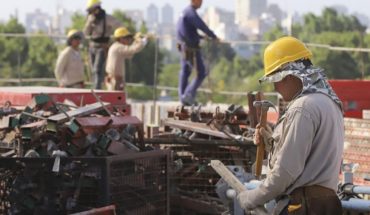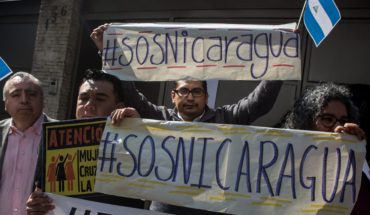While there are still steps to see how the constitutional process will unfold, the document revealed allows some inferences to be made regarding its future.
After the electoral debacle of September, it was foreseeable that the new process would have a greater tutelage of the constituted power, specifically of the parliament. A broad political agreement was unlikely without this condition, as the centre and the right perceived unacceptable risks in the rejected proposal. However, the final agreement took this principle to its limits: a hypertutelage that puts iron reins on any attempt to substantially change parliamentary guidelines.
This hypertutelage begins with a commission of experts chosen at the congress. While it is true that the technical and intellectual capacity of this commission is a contribution, it is all the more so that it will operate as a projection of the parliamentary party distribution. The preliminary draft is therefore the first control measure.
This commission presents the preliminary draft to the Constitutional Council, in addition to participating with the right to speak in its meetings. Articles can only be rejected if they get less than 33% support from the directors. In case its approval is between 33% and 59% (that is, for all articles where there is a relevant dispute), then it goes to a mixed commission, where the experts occupy 50% of the places and recover their right to vote. Since the work of these joint committees requires 60% approval, this gives experts veto power for any modifications. This is the second tutelage measure.
But in case the experts are not enough, the agreement defines a series of provisions that the constitutional proposal must include. In general, these provisions consist of points that generated conflict in the previous proposal, such as the right to life, to property, the unity of the nation-state, bicameral congress, division of the State into three powers, private participation in the provision of social rights and the autonomy of the Central Bank. All of them lean towards the current maintenance of the organization of the State and its relationship with society. They are probably the greatest expression of September’s defeat. And to ensure that they are considered, the agreement generates an additional instance of tutelage: the Technical Committee on Admissibility. This has veto power, in addition to being able to demand the inclusion of elements omitted by advisors and experts. To convene them, only the request of 20% of the popularly elected representatives or 40% of the experts is sufficient. This is the third measure.
Let’s take an extreme hypothetical case to illustrate the extent of this hypertutelage. Let’s say that the Constitutional Council unanimously rules that private provision of the health insurance system should not be guaranteed. Not that it orders a state system, nor dismantles the isapres, but simply that it admits the possibility of turning there in the future. And let’s say that such a provision has absolute support from experts (which, as we saw, is already quite unlikely). Even in this extreme case, parliament can probably assert its power through the Technical Committee on Admissibility and force the inclusion of articles that ensure private provision. That is the level of control it exercises over the new Magna Carta.
By connecting loose ends, the agreement minimizes indigenous quotas. In the Constitutional Convention, the difference between the projected quotas for indigenous people and the actual votes on those lists meant that incumbents were left with very few votes. Faced with this overrepresentation, supernumerary quotas are now offered, but if the indigenous vote is maintained in similar proportions, the total number of indigenous councillors will be negligible.
Considering the above, what can we expect from the proposal? The current state of the congress is one of high fragmentation and contingent relations. While the center-right and the People’s Party agree to take control of several commissions, the latter subtracts from the constitutional agreement. At the same time, the UDI and the PC are part of the signatories of the agreement, while certain projects (such as the removal of delinquent tenants) are supported transversally. By imitation and reproduction, the Constitution is most likely an expression of this situation: a minimalist constitution, combining the few things that generate broad consensus and the victories of the center and the right obtained after the plebiscite tonterior. The fundamental charter is expected to be brief, with few substantial changes to the current system, and with ample capacity for action for traditional political-partisan discussion. This type of constitution tends to offer more freedom to parliamentarians. If we add to this that the agreement was negotiated and issued by them, it is also expected that the changes between the three powers will tip in their favor. For example, new restrictions may emerge on the Constitutional Court (or the body that succeeds it), without considering that it will have less content over which to control legislation with a more limited constitution.
Finally, the question about the affiliation of the ruling parties to the agreement remains in the air. It is clearly worse than October 2019 for the social pretensions of the ruling party. Even throughout the negotiations they tried to be uncompromising that the experts should not have a vote. So why support it? Probably the reason is in the needs of the executive, which needs to assume the defeat of September to be able to project the second term of the government. Faced with this need, everyone has squared up. This time, it seems that he has won the repudiated “measure of the possible”.
Follow us on
The content expressed in this opinion column is the sole responsibility of its author, and does not necessarily reflect the editorial line or position of El Mostrador.





